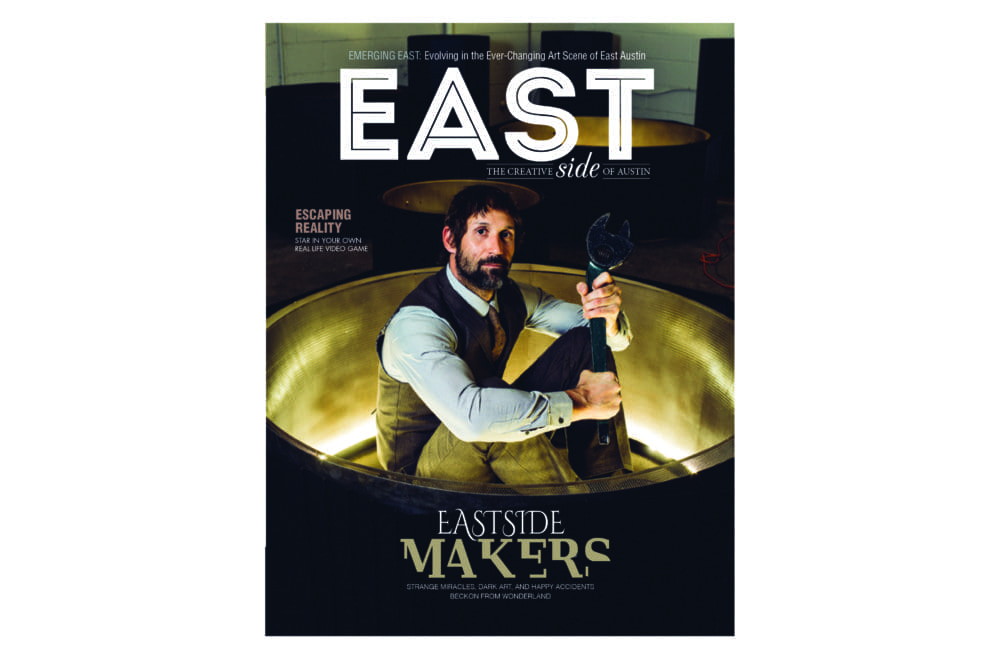Stroll Through…
… East Austin’s History
Words by Jessica Devenyns Photos by Six Square
A dilapidated house where Justice Thurgood Marshall used to reside. Hidden statues that were meant for the state capitol’s lawn. An unobtrusive university that pre-dates all the other higher education institutions in the city. They are all out in the open, yet these landmarks remain at the edge of the public eye.
In 1928, when the Koch and Fowler consulting engineer firm out of Dallas presented the city of Austin with a masterplan designed to address the “Negro Problem,” suddenly Freedman’s communities were blotted off the map and unceremoniously relocated east of what is now I-35. Despite the upheaval of decades of development, Austin’s African-Americans cobbled together a vibrant district composed of six square miles. Within these arbitrarily drawn borders, churches were erected, families gained descendants, and public policy was enacted.
However, as borders change, people move, and life continues, these places are at risk of becoming lost to time. Recognizing the inevitable reshaping of the community, Austin non-profit Six Square has stepped in to help preserve, as well as reanimate, the spaces that have been used by generations of African-American residents. Nefertitti Jackmon, the executive director of Six Square, said that the question has become, “How can we still bring a sense of community here as the district is changing?”
Despite the metamorphosis, there are those who remember what the neighborhood was and are working in tandem with Six Square to introduce their memories to a new generation. “There are a lot of things I remember, there are a lot of things my folks have told me, and there are a lot of things I read about,” says 62-year-old Harrison Eppright, the tour guide for District Days Celebration. He says that Six Square is working towards maintaining those memories of families whose lives were shaped by the constraints and opportunities of the original Eastside African-American community.
Jackmon confirmed Mr. Eppright’s view saying, “We hope to raise awareness of where the district boundaries are and raise awareness of where the historical and cultural assets are so that [Austinites] can become familiar and become engaged and experience the variety of African-American culture.” To help bring more attention to this historically African-American district and preserve the stories of central-east Austin, Jackmon dreamt up the first East Austin Stroll to highlight a curated collection of historic sites and reanimate the spaces.
Through food, dance, music, and history, attendees who made their way through the hot early-September haze were greeted at each of the six individually-selected sites by faces ready to tell the story of Austin’s segregated history from the perspective of those who endured the ramifications of isolation. Through these stories, visitors were reminded of the resilience and creativity of those who took the six square miles they were allotted and, despite the odds stacked against them, flourished to produce some of the most influential and respected members of the city at large.
Six Square District Days Celebration is set to be held annually to help continuously engage and educate Austinites about African-American culture on the Eastside. For more information, visit sixsquare.org.














